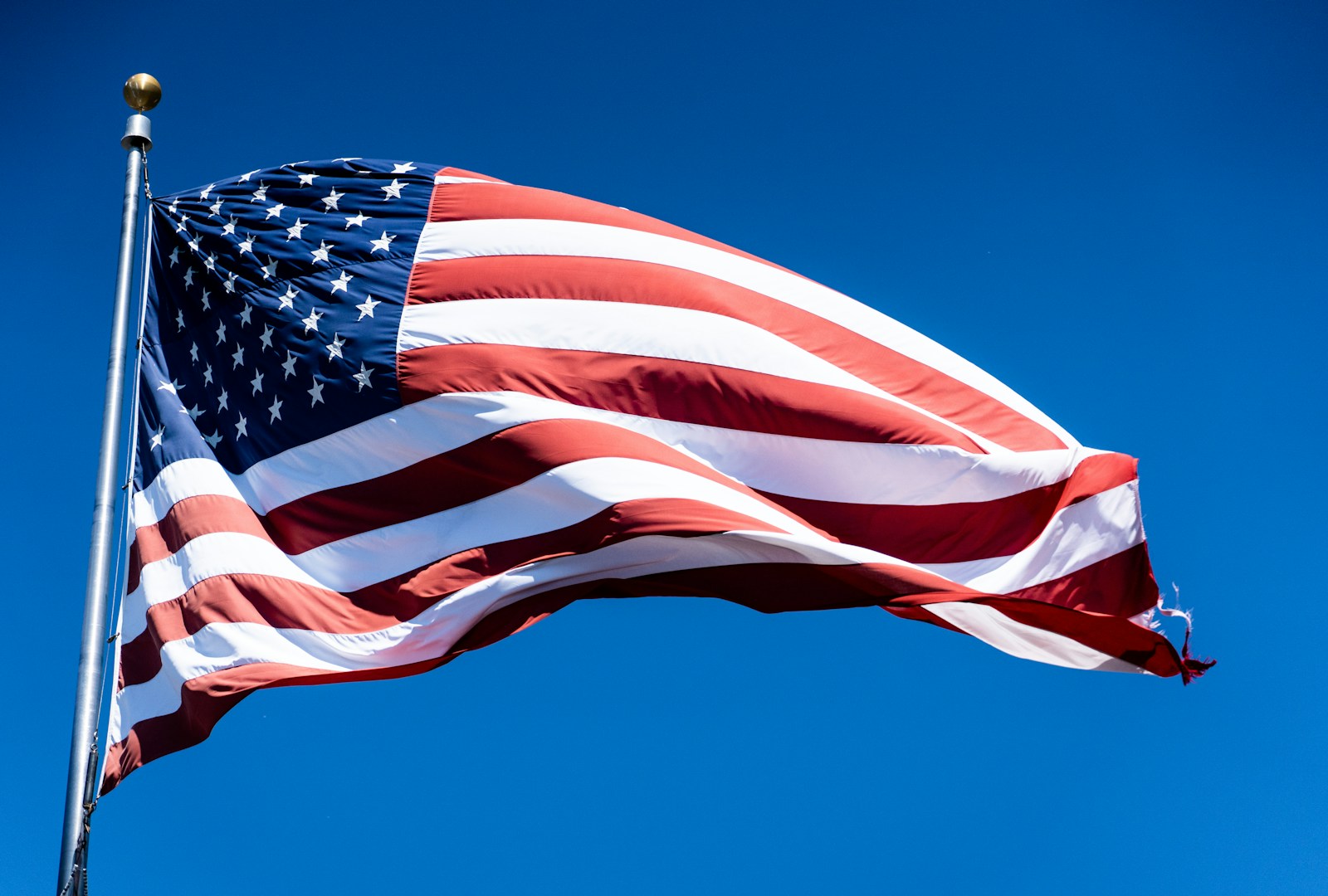Key Takeaways
• Republican leaders want to label “fascism” as hate speech.
• A Young Republicans chat praised Hitler and gas chambers.
• Many on the right now wear fascism as an edgy badge.
• Understanding fascism helps expose its danger today.
Republican leaders have pushed to call the word fascism a slur. They argue it is hate speech against conservatives. However, some party members embrace fascism as a cool, rebellious label. This fight over language masks a larger clash about political power and history.
Why label fascism as hate speech?
Recently, top Republicans demanded that calling someone a fascist be treated like a crime. They say the term can spark violence. One key moment came after a high-profile murder, when party leaders blamed the killer’s words. They argued that labeling people with a harsh word drove him to violence. Therefore, they want harsh limits on who can use the term. Moreover, they began a campaign against antifa, wrongly treating it like a formal enemy group. In fact, antifa only means anti-fascism, not a formal organization.
However, this push has a twist. Many in the party’s base see fascism as edgy or hip. They reject being told the word is off-limits. For them, fascism feels like a rebel’s tag, not a crime. Thus, the party finds itself fighting on two fronts: against critics who use the word and supporters who claim it proudly.
Defining fascism and its core traits
Before we explore why this matters, we should define fascism clearly. Historians agree that real fascist governments share these features:
• State-business union: Big corporations and government merge power.
• Strong leader: One ruler builds a fanatical following.
• Police state: Militias and secret police crush protests and free speech.
• Propaganda: The media spreads lies to build hate.
• Censorship: Dissenting ideas face punishment or violence.
• In-group vs. out-group: Minorities and critics become enemies.
• Myth of national purity: Leaders claim a lost golden age needs protecting.
• Aggressive war: Jingoistic policies push for conquest.
These traits paint a clear picture. Simple rules or speed limits hardly count as fascism. Yet, some use fascism for any rule or tax they dislike. True fascism is far more violent and repressive.
Fascism on the right today
Despite party leaders’ fear of the word, many influencers keep calling themselves fascists. For example, a popular comedian joked that people should call him “my Nazi” to reclaim the insult. Another rising star on the right openly says he is a theocratic fascist. He defends mixing religion and total state control. A known neo-Nazi even met the former president at a private club.
Also, a nominee for a key government role admitted he had a “Nazi streak.” This led to his nomination being pulled, a rare rebuke in this administration. Yet, many others cheer on extreme views. Some far-right pastors now argue that slavery was not wrong. They claim Christian faith allows owning people. This shows a clear desire to roll back civil rights.
Transitioning from hate speech fights to embracing fascism is part of vice signaling. Each voice on the right tries to outdo the next in shock value. They prove they are not “woke” by pushing harsher and more hateful agendas. They call for violence against immigrants and political opponents. They demand censorship of anyone who disagrees. These ideas go beyond debate. They mirror classic fascism’s drive for power and control.
Why this matters for America
These debates are more than word games. History shows that fascism thrives on propaganda and fear. When powerful people call opponents fascists without clear reasons, it cheapens the term. Yet, some Republicans now use fascism as a trend. They hide real threats behind edgy jokes.
America has a mixed past with fascism. Our own Jim Crow laws inspired some Nazi policies. Industrial leaders once backed dictators for profit. Yet, our troops also fought fascism in World War II. Many veterans define themselves as anti-fascists by legacy. They believe in equal rights and freedom of speech.
Now, a new battle over civil rights and free speech is under way. This administration has used the military and secret agents against its own citizens. They detain people without trial and spy on communities. They claim it is to fight terrorism or illegal immigration. But these tactics mirror fascist states from history.
By trying to outlaw the word fascism, leaders hide the truth. Unless people speak openly, they cannot spot real threats. Moreover, when the word loses power, we may fail to recognize real fascism. That failure could let repression grow.
Moving forward, Americans must learn what fascism really means. We must challenge both its use as a slur and its embrace as a trend. True anti-fascism defends human rights and free speech. It rejects violence and hate in all forms.
FAQs
What exactly is fascism?
Fascism is a political system with a single ruler, no free speech, and big business tied to government. It uses hate, propaganda, and violence to hold power.
Why do some Republicans want to ban the word fascism?
They claim it sparks violence and hate crimes. After a high-profile attack, they argued that labeling opponents as fascists drove the attacker to kill.
How can people spot real fascism today?
Look for signs: a leader who suppresses dissent, extreme nationalism, secret police, censorship, and hatred of minorities. If big companies back the state, that’s another warning.
Is calling out fascism an attack on free speech?
No. Criticizing policies or leaders is protected speech. True free speech lets us expose hate. Banning words only hides real threats.

